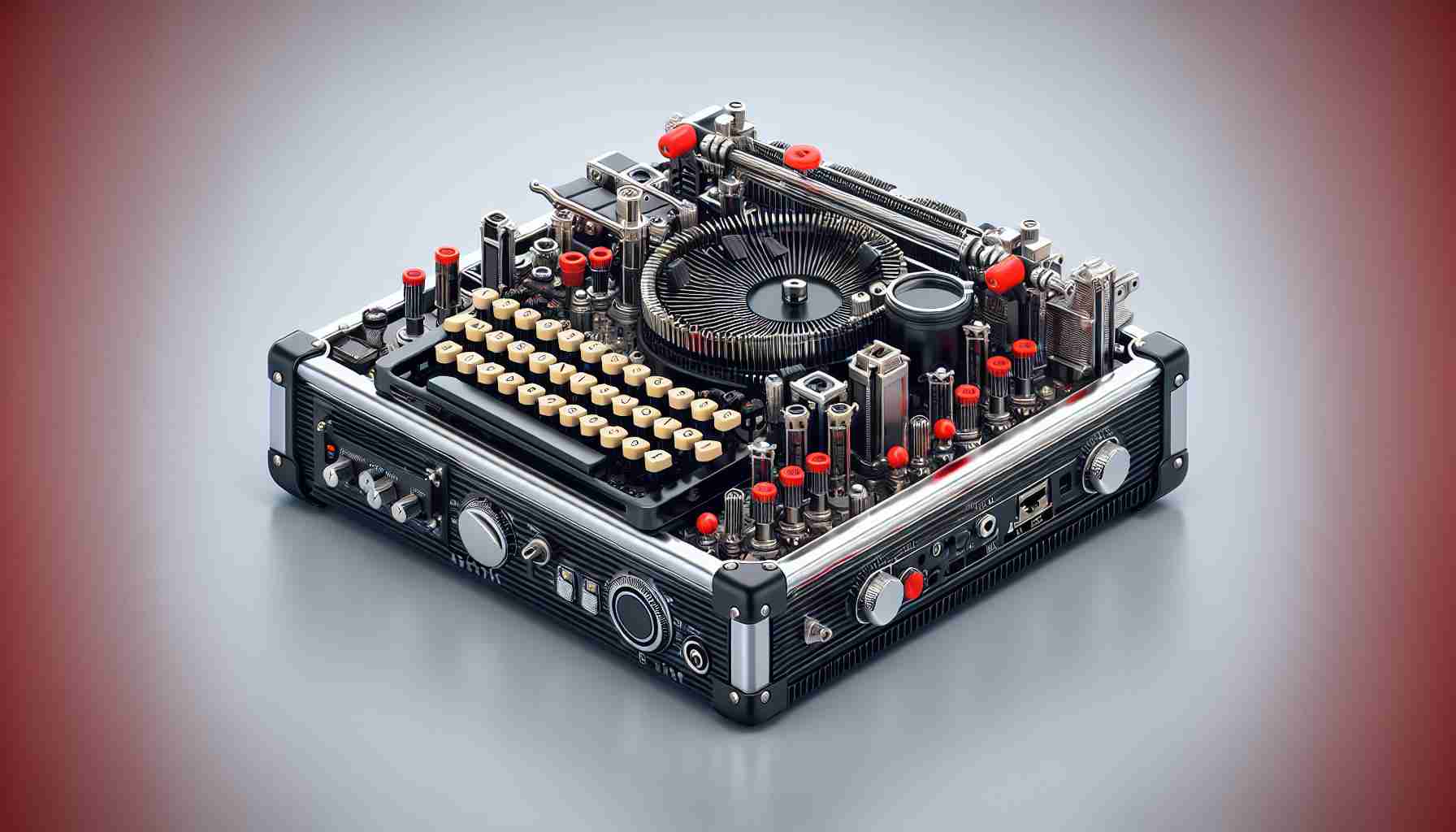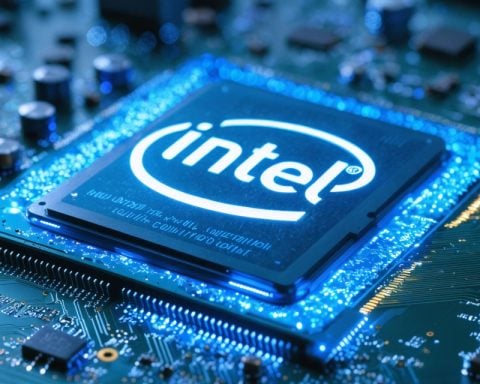Looking for a unique and nostalgic way to house your gaming PC components? Look no further than the Kubic, a 3D-printed ITX PC case with a distinct early 2000s retro look. Created by modder WhoIsLudwig, this DIY case combines the aesthetics of iconic devices from the past for a truly eye-catching design.
Drawing inspiration from the workstations released by NeXT in the late 80s and early 90s, the Kubic features a top handle reminiscent of the Apple Power Mac G4 Cube and the Nintendo GameCube. Its retro charm is sure to captivate PC enthusiasts who long for a touch of nostalgia in their setup.
Designed with ITX profiles in mind, the Kubic is accessible to those with smaller 3D printers. The blueprint and guide provided by WhoIsLudwig allow for easy printing on any model with a bed clearance of at least 180 x 180 mm.
Despite its compact size, the Kubic can accommodate an ITX motherboard, a CPU heat block and fan with a height of up to 100 mm, and a two-slot graphics card with a length of up to 220 mm. This makes it compatible with popular models like the GeForce RTX 4060 and Radeon RX 7600. Additionally, builders can add up to four 2.5-inch drives for ample storage capacity.
The Kubic is designed for SFX power supplies, although modifications can be made to accommodate an ATX PSU if desired. However, it’s important to note that doing so may introduce compromises in terms of thermal performance.
To ensure optimal cooling, the Kubic supports chassis fans up to 140 mm and 30 mm thick. These fans are optional for builders relying on integrated graphics, but can provide stability for CPUs and GPUs even under demanding conditions. With the right cooling setup, temperatures remain well within safe limits, with the modder reporting that his AMD Ryzen 5 3600 and RX 6600 never exceeded 75 degrees Celsius.
Detailed assembly instructions can be found on Autodesk Instructables, along with the necessary 3D printing file on Printables. Most common filament, such as PLA, can be used for printing, and the project requires standard screws and a soldering iron for assembly.
Embrace the nostalgia and create a one-of-a-kind PC build with the Kubic. Its unique design and compatibility with high-performance components make it a compelling choice for gaming enthusiasts and modding enthusiasts alike.
Here are some additional facts, questions, challenges, and advantages and disadvantages related to the topic:
Additional Facts:
– The Kubic ITX PC case is designed with a removable motherboard tray, making it easier for builders to access and assemble their components.
– The case has a ventilation system that ensures efficient airflow and cooling for the internal components, helping to prevent overheating.
– The Kubic comes with pre-installed cable management features, allowing for a clean and organized build.
– The 3D-printed case is customizable, allowing builders to modify or add their own unique features.
– The Kubic is compatible with various operating systems, including Windows, Linux, and macOS.
Important Questions and Answers:
– What are the dimensions of the Kubic ITX PC case? The dimensions of the Kubic are not mentioned in the article, so it would be important to know the specific size and weight of the case to assess its suitability for different setups and spaces.
– Can the Kubic accommodate liquid cooling solutions? The article only mentions the support for chassis fans, so it would be relevant to know if liquid cooling options can be integrated into the case.
– Are there any limitations on GPU compatibility? While the article mentions compatibility with popular models, it would be helpful to clarify if longer or larger graphics cards can be accommodated.
Key Challenges or Controversies:
– One potential challenge of the Kubic ITX PC case is the requirement for 3D printing, which may not be accessible to all builders. Some individuals may not have access to a 3D printer or may not be familiar with 3D printing technology.
– Another challenge could be the potential need for modifications to accommodate an ATX power supply, as mentioned in the article. Builders should carefully consider the impact of such modifications on thermal performance and overall compatibility.
Advantages:
– The Kubic ITX PC case offers a unique and nostalgic design that stands out from standard PC cases.
– Its compatibility with high-performance components makes it suitable for gaming enthusiasts who want a compact and powerful setup.
– The availability of detailed assembly instructions and 3D printing files makes the build process more accessible to DIY enthusiasts.
– The option to customize the case allows builders to tailor it to their preferences and add personal touches.
Disadvantages:
– The reliance on 3D printing may limit the accessibility of the Kubic case to some builders who do not have access to a 3D printer.
– The compact size of the case may result in limited space for additional components or expansion, compared to larger cases.
– Modifying the case to accommodate an ATX power supply may compromise thermal performance, highlighting the importance of careful consideration when making modifications.
Suggested Related Links:
– Autodesk Education: Autodesk provides educational resources and software, which could be useful for those interested in learning more about 3D printing and CAD software.
– Thingiverse: Thingiverse is a popular online platform for sharing and downloading 3D printing designs, where builders may find additional case modifications or accessories for the Kubic ITX PC case.

















